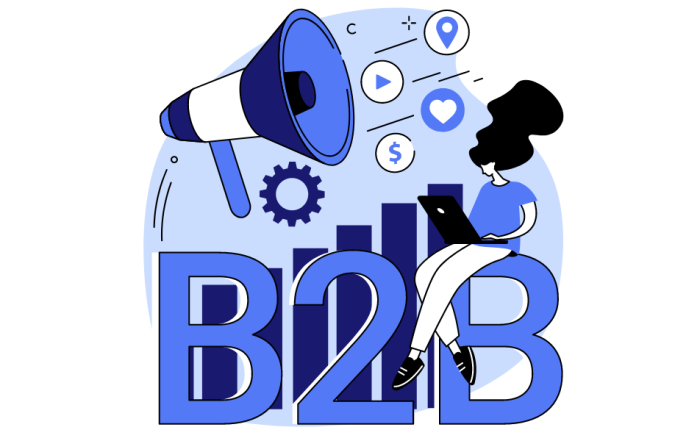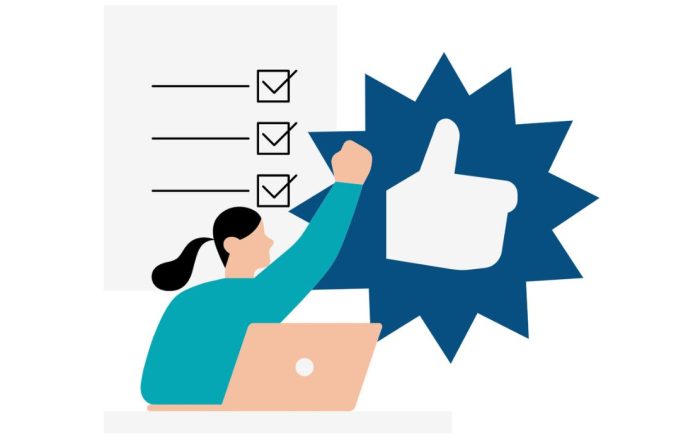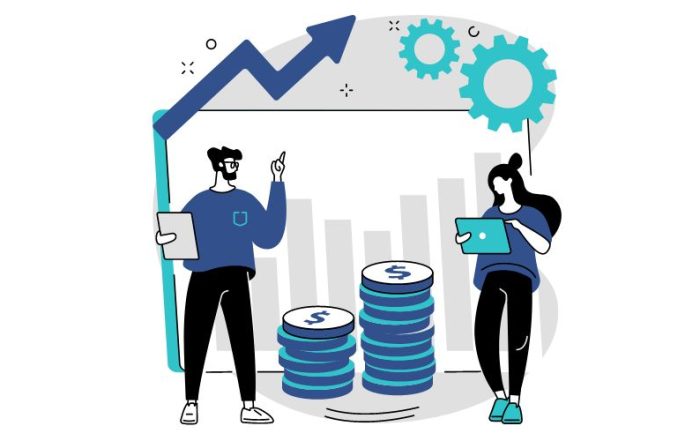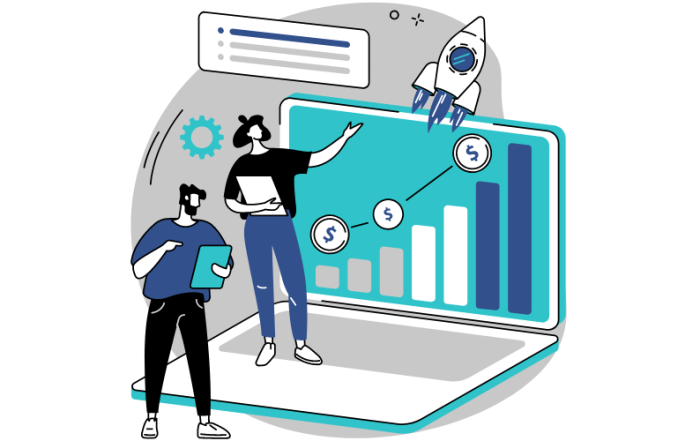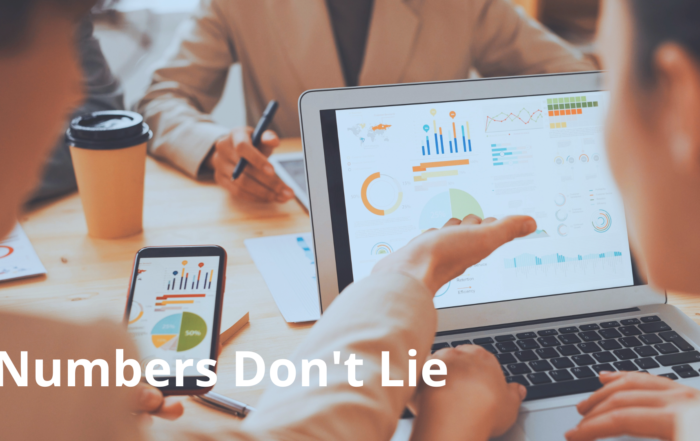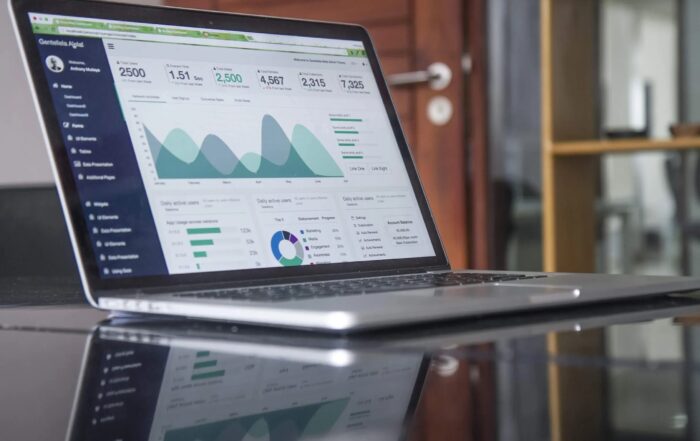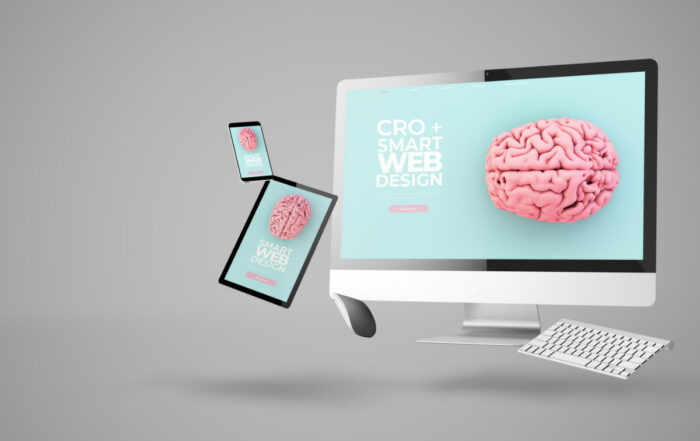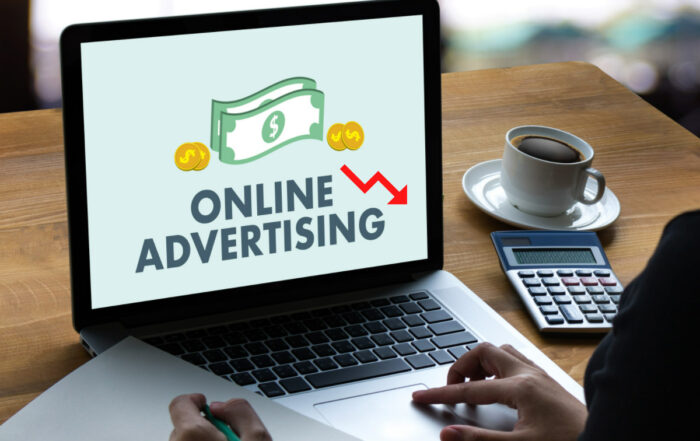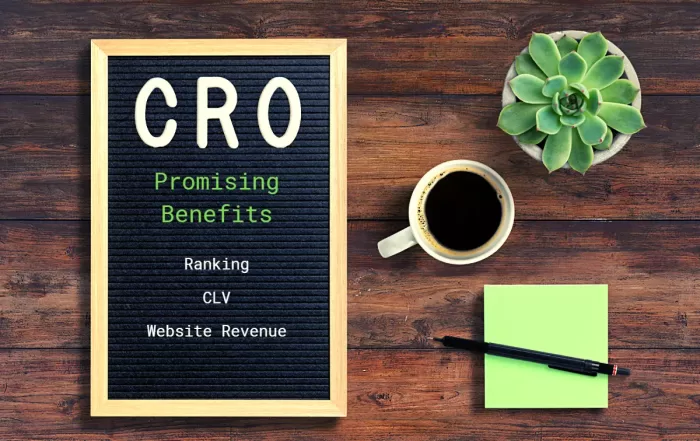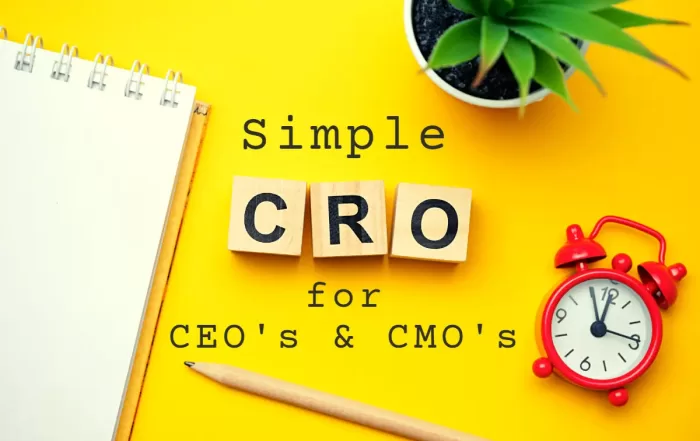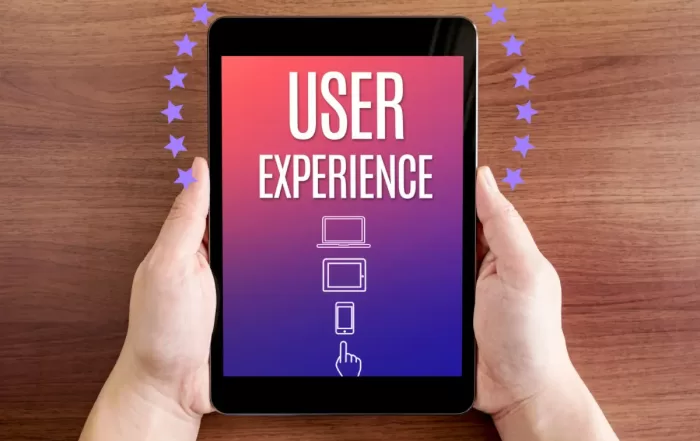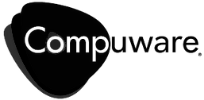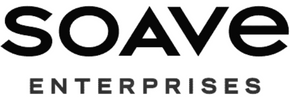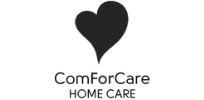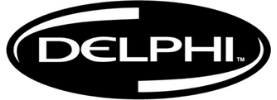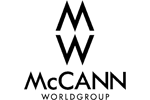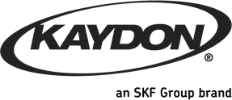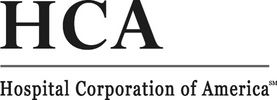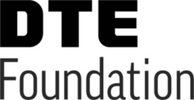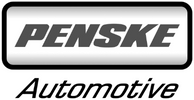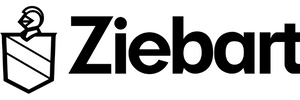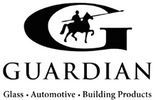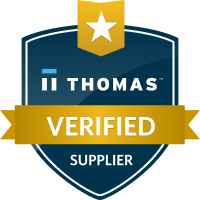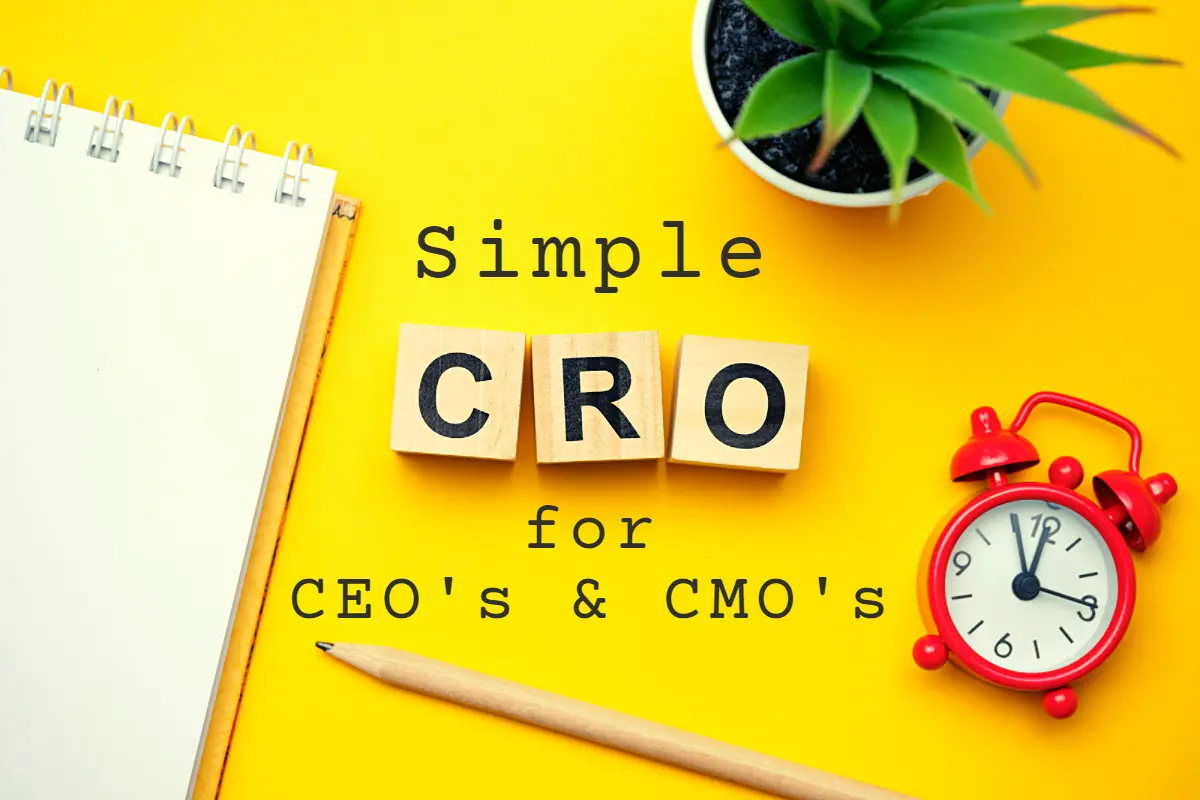
Understanding conversion rate optimization (CRO) might sound simple, but it’s a process that requires careful strategy, planning, and flawless execution.
Conversions mean different things to different people. Or rather, to different companies. While making a sale might be a conversion for a retail or e-commerce store, if what you need is prospective clients booking a software demo, then that’s ok! Whatever the action you want visitors to your website to take, that is a conversion for your company. Remember the days when sales staff would quote a closure rate of 1 in 4 (or 1 in 10, depending on their industry)? Conversion rates are the modern, e-commerce equivalent of that original metric.
Join the conversation on LinkedIn’s article titled, “Conversion Rate Optimization (CRO) for CEOs and CMOs Simplified“.
Here’s how to implement conversion rate optimization (CRO) for your website.
Calculating Your Conversion Rate
Before you can optimize your conversion rate, it’s essential to determine how many visitors currently take action on your site. According to Google, you can calculate your rate easily enough. Just take the number of conversions (remember, these can be newsletter signups, purchases, adding items to a wishlist, social media shares, or even downloads of your free marketing collateral—it’s up to you!) and divide that by the number of total visitors in the same time period. For example, if you have 20 conversions resulting from 1,000 visits, your conversion rate is 2%.
Where this gets more complex is deciding whether to base your calculation on unique visitors or impressions. If you choose the first, it tells you how many people who came to your website took action. If you choose the second, you could be counting the same visitor twice, so it’s important to be consistent.
So, what kind of conversion rate do companies usually get, you ask. Who has the 2021 answer to the old question of closure rate? According to Wordstream, the average landing page conversion rate in 2021 is 2.35%. For companies in the top 25%, their conversion rate is 5.31% and higher, while companies in the top 10% see conversion rates of 11.45% and more.
Getting Started with Conversion Rate Optimization
When a company asks me about getting started with CRO, I always tell them the first thing to do is to stop spending money on marketing, until they’ve figured out how to make their current traffic convert more. You can check out my video interview on this topic here.
Video Interview with Melih Oztalay
Start by getting a website audit to spot any barriers to conversion that you might not realize exist. For example:
- Do you have relevant, professional images that complement your content?
- Are your Calls to Action (CTAs) clear, compelling, and placed in obvious locations that make them easy to find?
- How good is your usability? Can users easily search your site for what they’re looking for?
- How intuitive is your checkout process, and how many clicks does it take a visitor to get there?
- Is your website bug-free, and do you have a responsive or mobile version? Both of these are critical factors for achieving a positive customer journey.
- Do you answer your visitors’ known security questions regarding the privacy of their data?
- Does your website conform to the best SEO standards, making it indexable by the search engines?
When you have the answers to these questions, you can take steps to improve any problem areas. That’s when testing becomes paramount, to determine what works for your users—and what doesn’t.
CRO Tools
Conversion rate optimization tools collect data about your website visitors’ behavior that help you understand how people use your site. They also serve to identify and test potential changes to understand why your visitors aren’t converting into leads or customers. Some of the tools we believe can help company CEOs and CMOs get to grips with CRO include:
- Analysis tools such as Google Analytics,
- Behavior analysis tools like heat maps, session recording, and bug tracking
- Testing tools like Google Optimize, VWO testing, and Instapage.
Some of these tools can be combined with others to deliver a broader picture of your website’s efficiencies and give you clues about where to start.
Testing for Best Results
With real-time A/B testing, you can see how your website visitors’ behavior is likely to be impacted by potential planned changes on your site—and which changes are more likely to lead to conversions. Serve variable content to visitors based on their profiles, and test different elements of a web page to give each audience segment a tailored experience.
If you’re wondering what’s the point of all this, take a page from former President Barack Obama’s playbook. During the 2008 election, Obama’s team split-tested his campaign website, trying 24 different versions. Once they found a winning conversion model, it helped them collect 2.8 million more email addresses!
Understanding conversion rate optimization might sound simple, but it’s a process that requires careful strategy, planning, and flawless execution. Get the help you need to transform your website into a lead generator for your company by contacting us today.
Ready to get to work?
Fill out the form below to start your customized CRO program today.
Catch-up on our other articles about Conversion Rate Optimization:
…and find more from our “Learn from the Pros” webinar series on the CRO topic.






